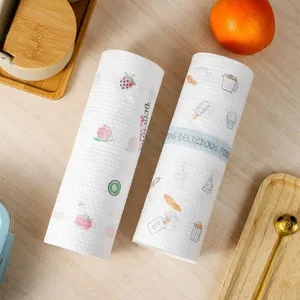

Roll Of Reusable Lazy Rags Towels Wet And Dry For Kitchen Dishcloths Supplies Absorbent Organic Dish Washing Cloth Adult


Wholesale Customized Hardware Cloth Galvanized Cyclonic Mesh Iron Metal Wire Net Chain Link Fence For Fencing















Hardware cloth is often the go-to option when it comes to easy fencing solutions. The lightweight aspect of the mesh combines with the sturdiness of steel to form a truly versatile product.
There are many types of hardware fabric, each varying mainly in size, shape, and gauge, which, in turn, determines the ideal application. These three variables indicate, respectively, how big each of the openings is, the overall pattern in which the wires are organized, and their thickness. Each wire is woven in a way that secures them firmly in place and tightens the bond even more whenever they are pulled apart, preventing ruptures. That said, the type of metal used also affects the final product. Aluminum cloth, for example, provides a much lighter solution when shoring up fences or covering gaps. On the other hand, stainless steel has a great resistance to corrosion and oxidation. However, the most widely used hardware mesh uses galvanized steel, a cheaper yet stable alternative.
The traditional chicken wire, for example, is made with thin steel wires arranged in a hexagonal pattern. This makes them a great option to keep small farm animals inside while preventing predators from getting into the enclosure. In addition, they tend to have much wider openings, with the 1.8-inch hardware cloth being at the bigger end of the spectrum. On the heavy-duty side, the concrete stainless steel hardware cloth has much thicker wires and small gaps between each of them. This creates a denser, compact layer that can serve as a "skeleton" for concrete structures. Furthermore, the mesh can be used to cover gaps in tubulation, pipes, and walls to prevent mice and other small rodents from getting indoors.
As a general rule, a hardware cloth fence has to be stretched enough to create tension between both ends and keep the whole structure upright. This prevents the structure from collapsing in the face of small gusts of wind or animals, such as rats, gnawing through them. To do this, it's important to first anchor the mesh on one side, be it with nails, bolts, or other hardware, and pull it with the help of a tool, such as pliers. When the mesh is secured in place, checking the corners and trimming out unnecessary sections will ensure all gaps are filled. Moreover, users should carefully handle the material, especially when cleaning or inspecting it, since contact with the spiked tips might lead to injury.